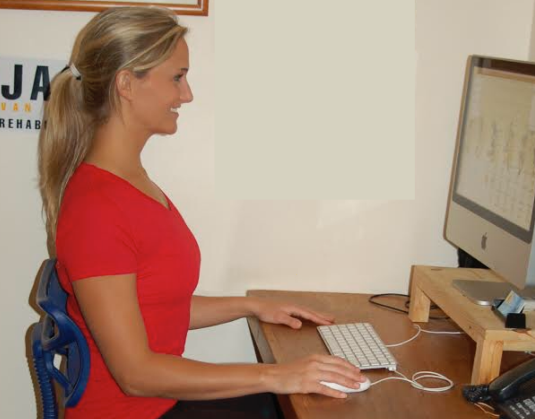
By this point in the pandemic, many people have made the permanent switch from office life to work-from-home life. At JACO Rehab, we have seen infinitely more neck, back and wrist injuries due largely in part to this switch to poor ergonomic work-stations and long hours spent slouched on a couch with a laptop. Here are some things to consider as you make the transition from office-life, to work-from-home life, in order to keep your body feeling it’s best and away from the physical therapy clinic.
1. Start your day with 20-30 minutes of light to moderate exercise

Exercise is more important now than ever for several reasons:
- Reduces cortisol levels (the stress hormone).
- Improves cerebral blood flow to help you be more efficient and energized while you work.
- Improves the quality of your sleep.
- When performed outside, exercise exposes your body to Vitamin D.
Lower stress + Improved Blood Flow + Improved Sleep + Vitamin D = Healthy Immune System.
Keep in mind that light to moderate exercise such as a brisk walk or jog, or bike ride is best to boost your immune function. Many people are sharing their favorite at home workouts to do as well while gyms are closed. Try to avoid excessive or prolonged heavy doses of exercise as this can actually be temporarily damaging to your immune system.
Not sure where to start? Here are some fun, at-home-workouts from Jaco, designed especially for the desk dweller!
2. Have a designated workspace that is set up for your ergonomic success:
It is easy to fall into the habit of getting into a “comfortable” position with your laptop in an oversized chair, bed or couch. This may be relaxing in the short-term, but in the long-term it can lead to major injuries such as neck or low back strains, carpal tunnel, headaches, TMJ, sciatica, to name a few.

Sitting puts more load on the discs in your spine compared to any other position. Furthermore, sitting in a slouched position vs. upright posture puts even more load through your spine.
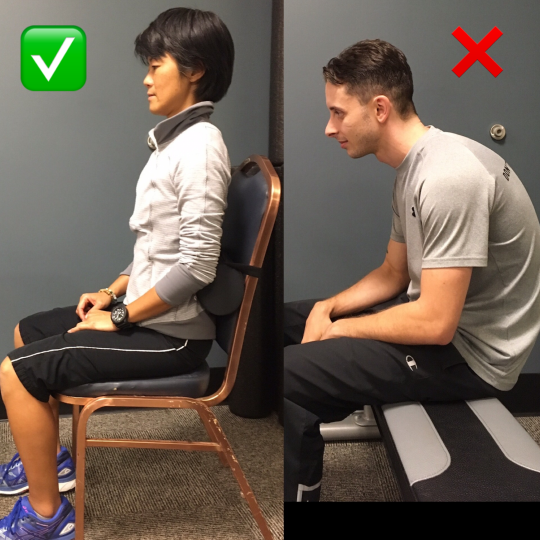
Here is the criteria for an ideal workstation at home:
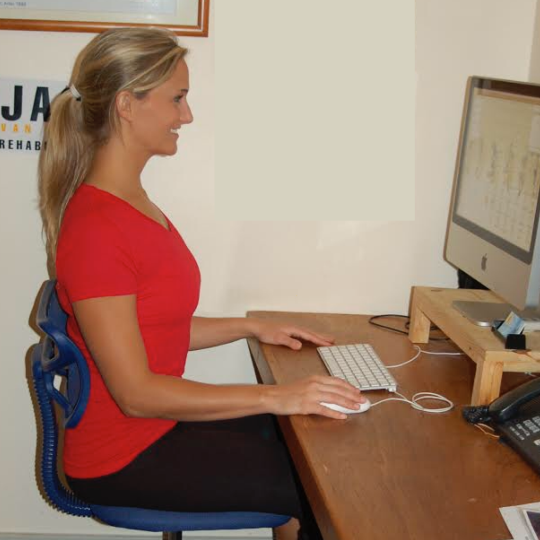
- Computer monitor set up at or slightly below eye level (0°-20° below).
- Elbows bent to 90° and keyboard positioned at the level of your elbow
- Minimal wrist extension
- Low back support for lumbar curve
- Hips above knees. The angle between your hip and trunk should be between 90°-120°
- Feet flat on the floor
This may look different for everyone, depending on your situation at home.
Let’s break down some of the most common areas that people run into trouble when setting up their home workstation.
Computer monitor at or slightly below eye level.
This can be tricky if working with a laptop. It can help to prop your laptop up on some books to bring it closer to eye level and reduce the flexion strain on your neck from looking downward. This, however poses another problem. If you prop your laptop up on books, then you will have to shrug your shoulders up and elbows will be greater than 90° to type on your keyboard. This is a great time to have an accessory attachable keyboard. See if you can borrow one from your desktop at work, or you can find them for less than 30$ on Amazon. You can just plug them into the USB port on your laptop and start using them right away!

Low back support for lumbar curve:
If you have a chair with a backrest but no lumbar support, use a towel roll, or a low back support to reinforce the curve in your spine
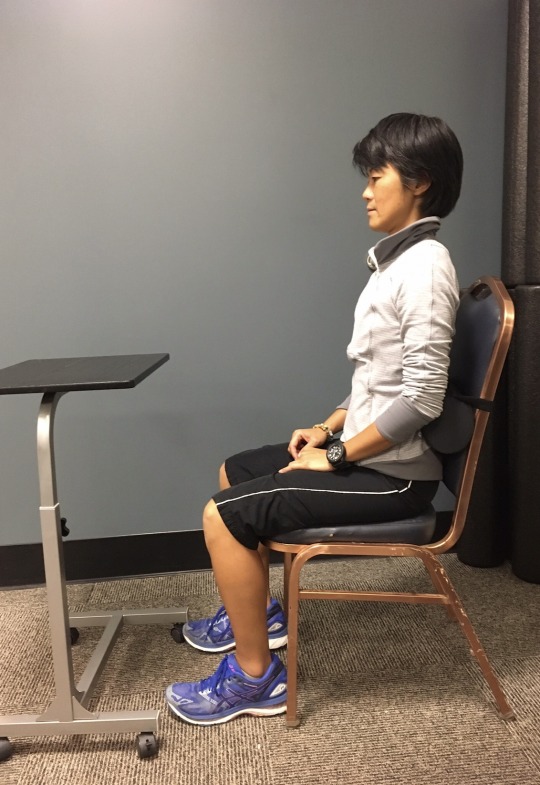
If you don’t have a chair with a backrest, make sure you are able to maintain your posture independently, keeping a curve in your low back with your chest up and your shoulders down and back. You may need to take more standing rest breaks if doing this.
Hips above knees
If your chair is too low and your knees are higher than your hips, you may need to boost yourself up on a few pillows. Yes, like a booster seat. This can go a long way to save your hips and low back.
3. Take frequent stretching breaks
It’s so important to perform frequent stretch breaks throughout the day to prevent your body and brain from burning out. These should be taken every two hours, at a minimum. Here are some exercises may be particularly helpful to decrease the load on your neck and back:
Seated Thoracic Spine Extensions:
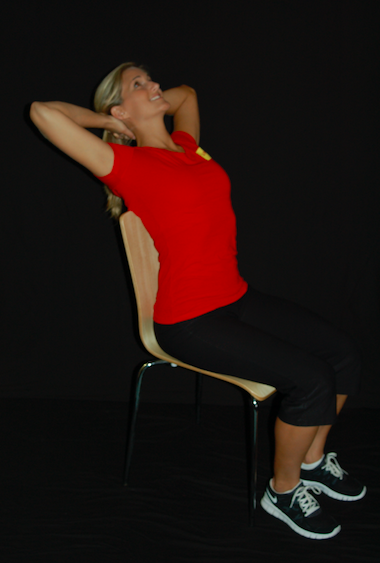
- Sit with your back up against the backrest.
- Place both hands along the back of your head
- Extend backwards keeping your abdominals activated
- Hold for up to 5 sec, repeat 10x and throughout the day
Standing Lumbar Extension:
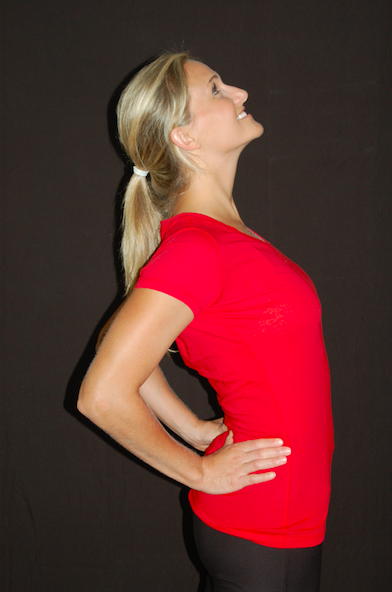
- Place your hands on your low back and extend your spine backward using your hands for support.
- Repeat 10 x
Cervical Retraction:

- Place two fingers on the front of your chin.
- Slide your chin into your neck (think of a chicken), until you have a double chin!
- Repeat 10x
Scapular retractions:

- Sit upright at the edge of your chair
- Move your shoulders back and down as you squeeze them together
- Hold for up to 5 sec, repeat 10x and throughout the day
Seated Hamstring Stretch:
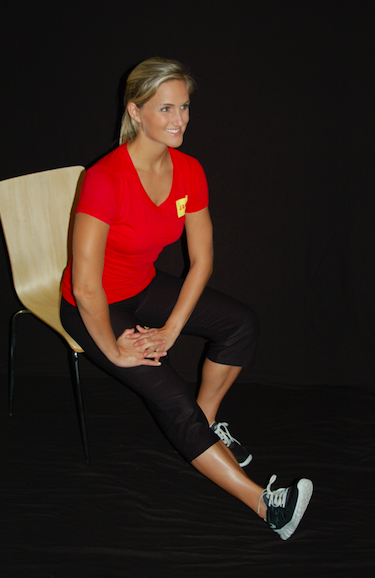
- Sit upright at the edge of your chair
- Extend your leg straight with your heel on the floor
- Lean your trunk forward until you feel a stretch behind your leg
- Hold up to 30 sec, repeat 3x and throughout the day
We hope this helps you stay efficient and injury-free as you work from home. Please don’t hesitate to reach out if you have any questions. We’re here to help!
Cat Culver, PT, DPT
Contributing author: Alexis Damo, PT, DPT
Jaco Physical Rehabilitation